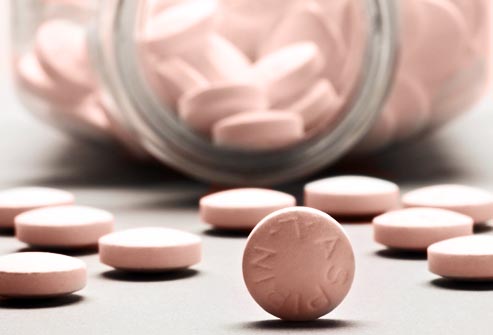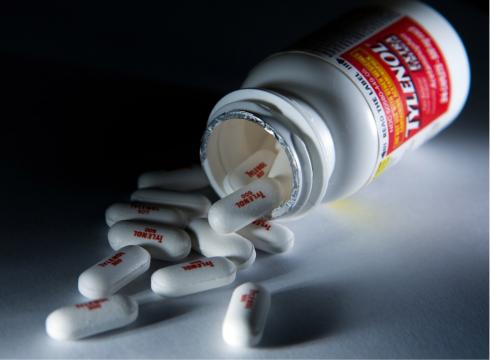
by admin | Mar 18, 2014 | Prescription Drugs
Introduction One of the most popular recommendations for preventing a heart attack or stroke in healthy people is the recommendation of a baby aspirin or low dose aspirin. Although extremely popular, this advice has NO scientific support. According to two detailed...

by admin | Aug 20, 2013 | Cancer, Prescription Drugs
Introduction: More than 60 million Americans have high blood pressure (high BP) including more than half (54.3%) of all Americans age 65 to 74 years old and almost three quarters (71.8%) of all American blacks in the same age group. High BP is a major risk factor for...

by admin | Aug 17, 2013 | Prescription Drugs
When most people think of Tylenol (acetaminophen), they consider it a gentle pain reliever — safe enough for their children to take. Here’s the reality: Every year acetaminophen is the reason for over 100,000 calls to poison control centers, 50,000 emergency room...

by admin | Aug 6, 2013 | Prescription Drugs
Introduction Most people consider acetaminophen (e.g., Tylenol) as being an extremely safe pain reliever for both children and adults. The reality is that it can be extremely dangerous and causes significant side effects. Each year acetaminophen causes over 100,000...







